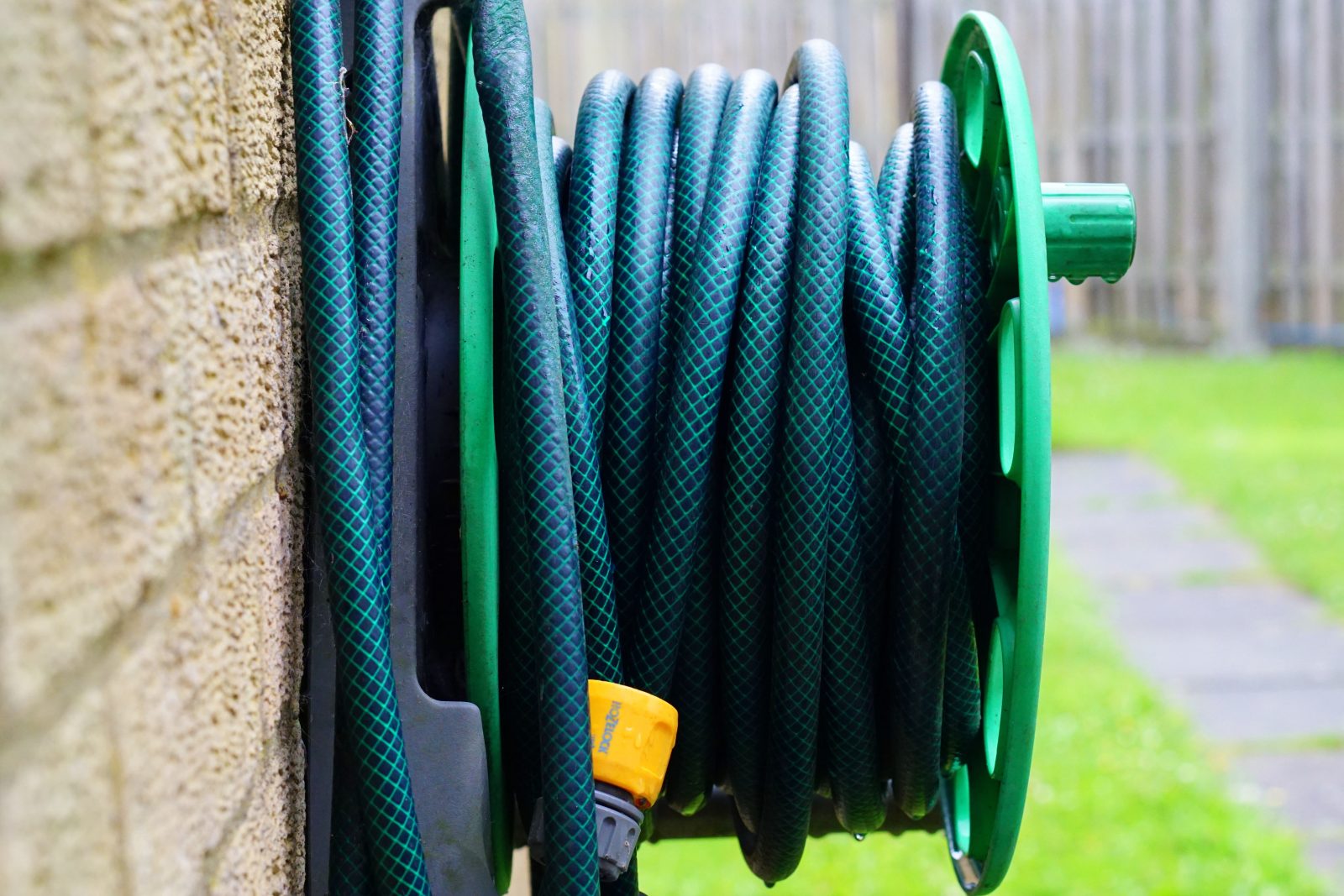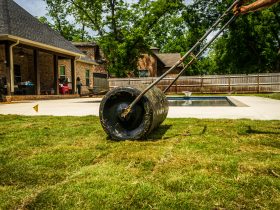Hydraulic hoses can fail for some reasons. Many of these problems can be avoided through routine inspections and preventive maintenance.
However, if one of these hoses breaks down, replacing it as soon as possible is important. This will help protect your equipment, reduce downtime, and increase productivity.
Remove the Fittings
Hydraulic hoses are the ideal way to transfer pressurized hydraulic fluid from one port to another. They are extremely strong and flexible, making them an essential component of many hydraulic systems.
However, like any other equipment, hydraulic hoses have a finite shelf life. Knowing when they need replacing and how to do it safely is crucial.
Before beginning the replacement process, wear protective eyewear and leather gloves. This is because hydraulic hoses contain pressure-containing liquids that can cause severe burns and damage to the skin.
Once these safety precautions are taken, remove the fittings from the hose. Use small pliers to loosen them, but be careful not to break the seal.
After removing the fittings, cut the hose and carefully clean it before reassembling it. This is vital because it prevents the hose from being contaminated with dirt or other potentially dangerous materials. You may always hire an expert to do hydraulic hose replacement Charlotte, NC jobs.
Cut the Hose
Hydraulic hoses are crucial components of heavy machinery, and when they fail, production is affected. Replacing them as soon as possible is important because they are susceptible to damage from abrasions and cuts, which can lead to complete structural failure.
Typically, hydraulic hoses last five to six years before breaking down. However, some hoses can go longer than this.
If a hose is over five years old, it’s time for a replacement. The best way to determine when a hose is at the end of its lifespan is by checking for signs of wear and tear, such as cracking, brittleness, and abrasions.
It’s also important to ensure the hose isn’t connected to any parts with a live load or weight on them. This could cause pressurized fluid to leak out and be a serious safety hazard for anyone working there.
Clean the Area
Hydraulic hoses are used for different pressures, temperatures, and fluids, so you need to choose the right one. If the hose isn’t cut to the proper length or the ferrule isn’t correctly installed, you might risk damage to the machine’s internal components.
To reduce contaminant levels, keep the area around the hose free of debris before you install it. This includes fine rubber dust, metal particles, and other contaminants.
Ideally, you’ll fire foam pellets straight through the hose to remove these particles. But if that’s not possible, blowing compressed air through the hose and using compatible fluid to flush it can eliminate contaminants.
In addition, you should take an oil sample to track the level of contamination in the system. This helps you identify problems and improve your maintenance process. This can also help you comply with safety standards. Maintaining clean hoses can save you money and prevent equipment failures.
Install the New Hose
Hydraulic hoses are vital to the operation of a wide variety of machines. These hoses provide critical functionality, from tractors and farm equipment to heavy machinery used in manufacturing and industrial applications.
As a result, they must be constructed to endure high pressures. A hydraulic hose’s durability depends on its wire reinforcement cover and the strength of its internal components.
A hose’s integrity can be compromised when the cover deteriorates, exposing the wire reinforcement layer to the elements. This leads to rust and weakens the hose’s ability to handle high pressures.
A broken or failing hose can cause significant damage to the entire hydraulic system, so it’s important to replace them as soon as possible. However, if you aren’t comfortable doing this yourself, consider hiring a professional to help you. This can save you time and money and keep you safe working with the machinery.







Leave a Reply